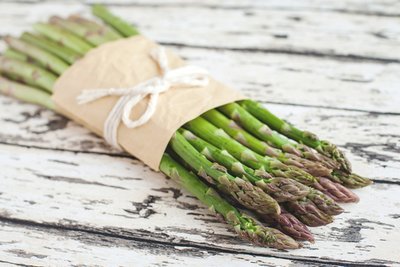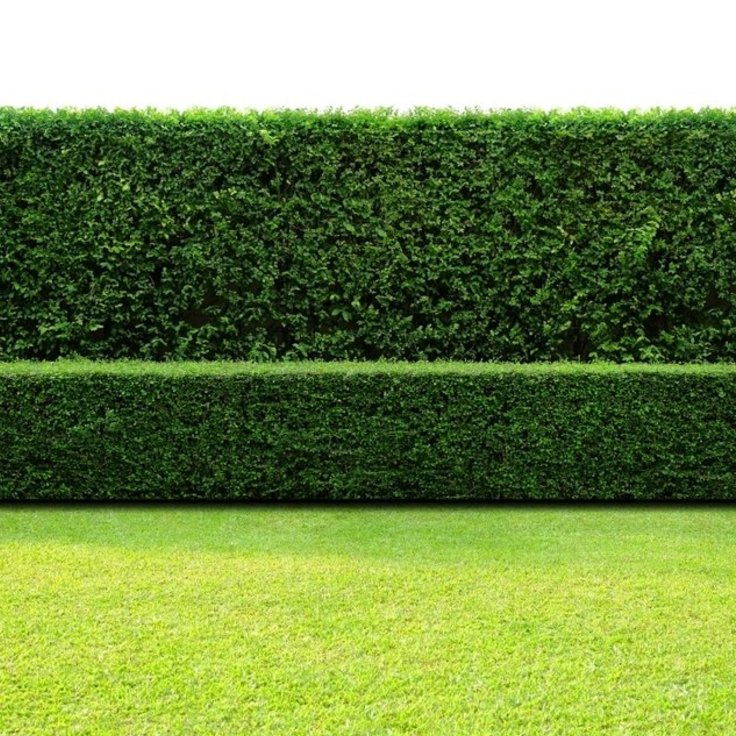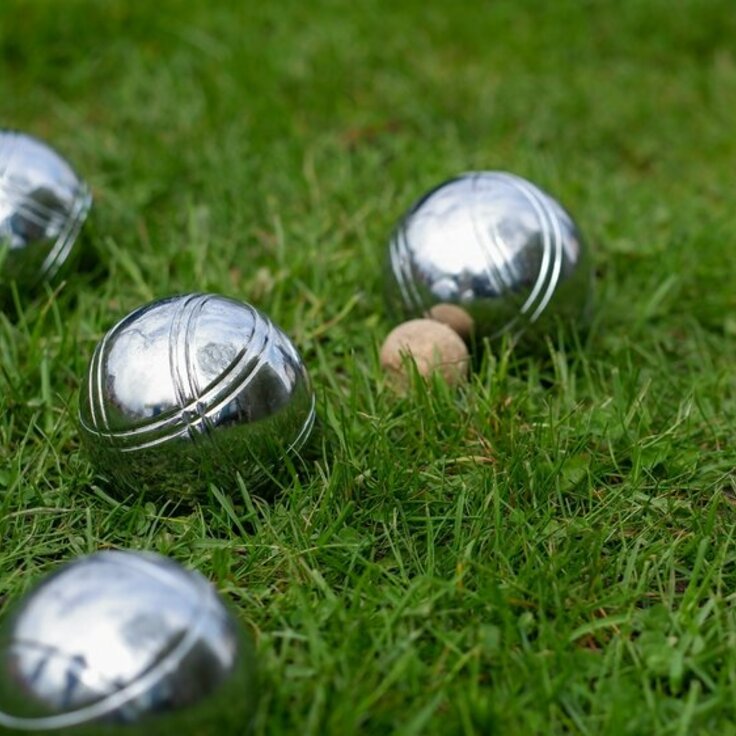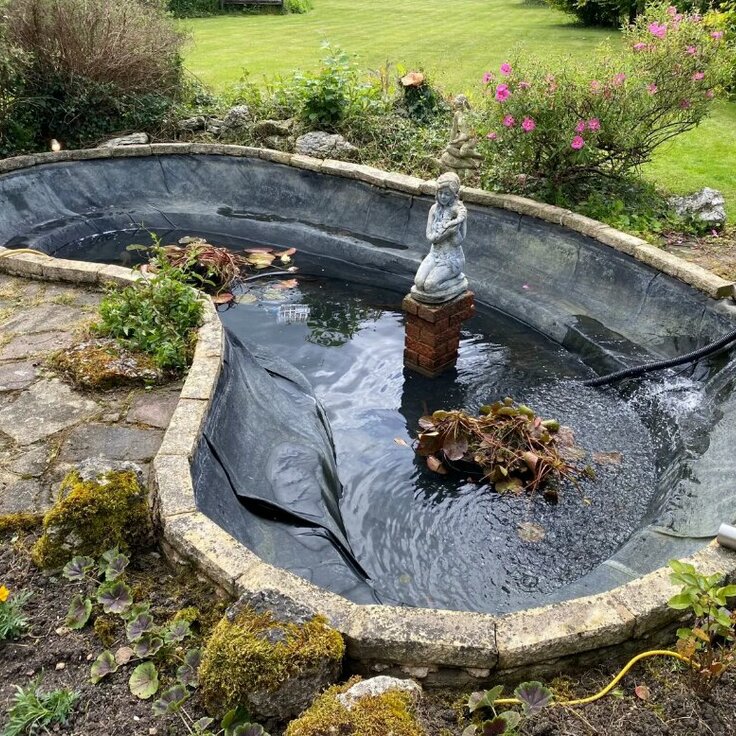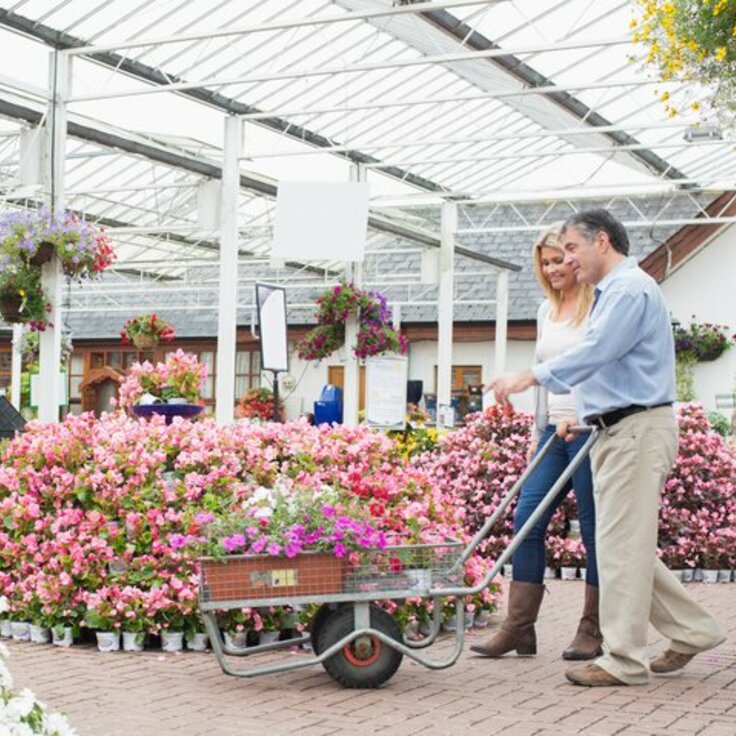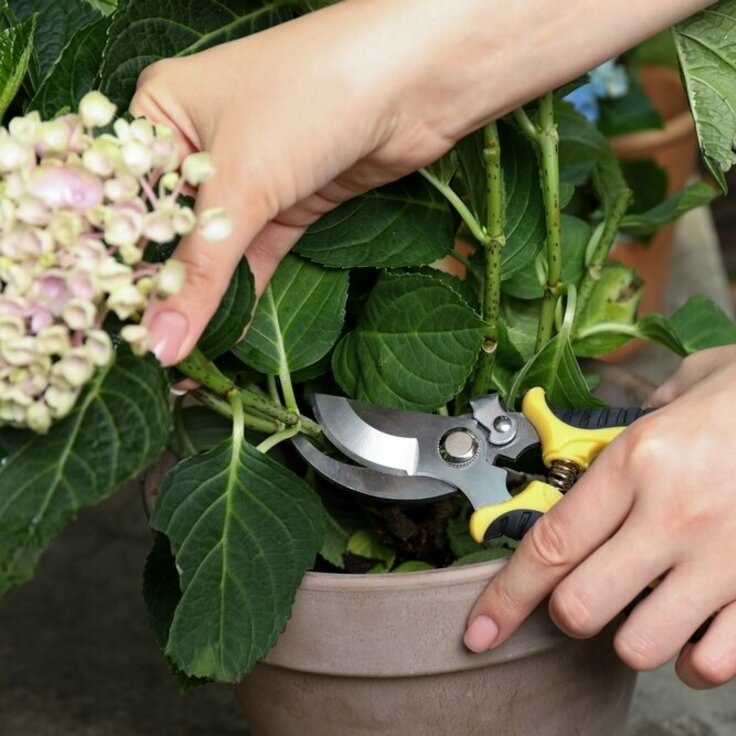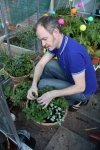Pricking out
Kris sets out some simple tips for successful plant production.
Pricking out may seem like a small link in the chain of producing your own plants from seed, but there's more to the task than meets the eye. It's a stressful procedure for young seedling to go through, get it wrong and all that seed sowing is wasted.
Timing is crucial when it comes to potting up individual seedlings. Remove them from the seed tray too early and you risk bruising the delicate stems, done too late and you're faced with pulling apart a compacted network of roots that will most certainly be damaged more than the plants can handle.
The advice for the majority of seedlings is to prick out once the first set of true leaves have appeared. By this time roots should not be too overlapping from plant to plant, but each seedling will be reaching the need for space to establish a healthy root system.
Organisation is the second key to success. The process should be carried out as quickly, but as carefully, as possible. Therefore it's best to have the seedlings' new 'home' ready and waiting for them. This means filling pots or cellular trays, damping compost and dibbing planting holes before you even pick up your tray of seedlings. It's also a good idea to water them before you start the process.
Follow the steps below and it’s a simple case of shading the seedlings from direct sunlight for a few days to allow them to settle and establish. Then place in a brighter spot, Keep them watered and grow them on.
Quick tip: You'll have more seedlings than you have space for. Start with strongest seedlings first.
Tools and equipment
Young seedlings need the right growing media for successful establishment. Seed and cutting compost will soon run out of the essential nutrients, while something like John Innes no3 may contain too much feed, which can have an adverse effect on the plant's development. Many multipurpose composts, including peat free options, will be ideal for seedlings, but check packaging before buying - they should list the jobs they are good for.
John Innes no1 has been specially formulated for new seedlings and there are many different branded options to choose from. Loam-based mixes are best avoided if growing on in cellular trays; from experience I've found that the root-ball will fall apart in your hands at the next potting on stage. Seek out a fine-textured, humus rich compost for best results.
Other items you will need:
Dibber
Watering can
Cellular trays or
3in 7.5cm pots
Step-by-step
1) Fill pots/seed trays with compost, tap down, water in and make planting holes with a dibber. Also water seedlings before starting.
2) Lift one seedling at a time by gently loosing the soil underneath with a dibber. Hold the seedlings by the leaves only. When transferring hold the weight of the roots with the dibber
3) Firm in the sill around the seedling so that the leaves are just above the surface - some of the stem will be buried. Water in and place in a warm spot. Cover with newspaper to protect form direct sunlight.


